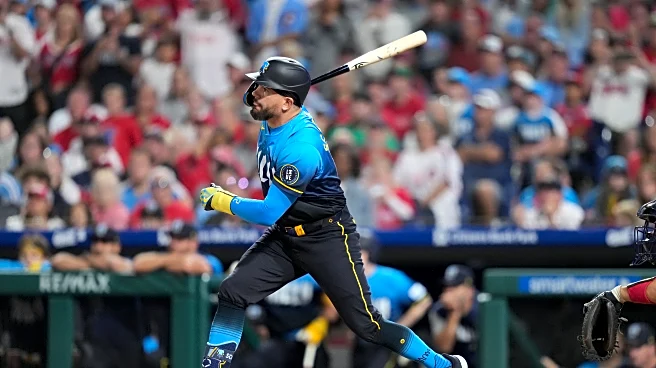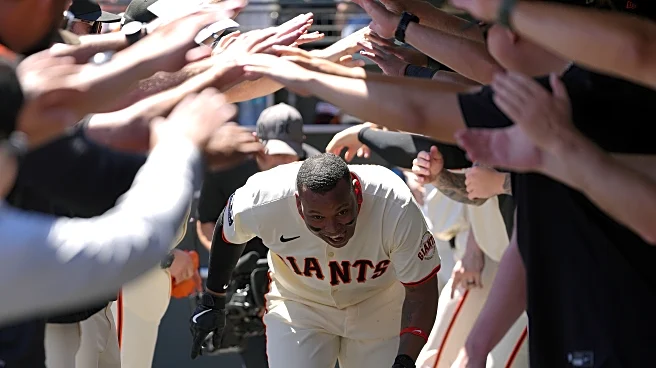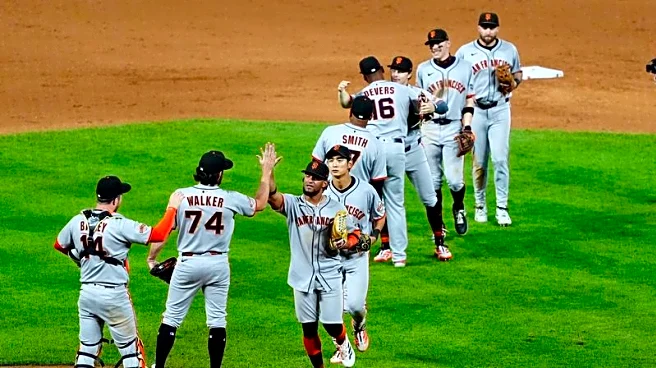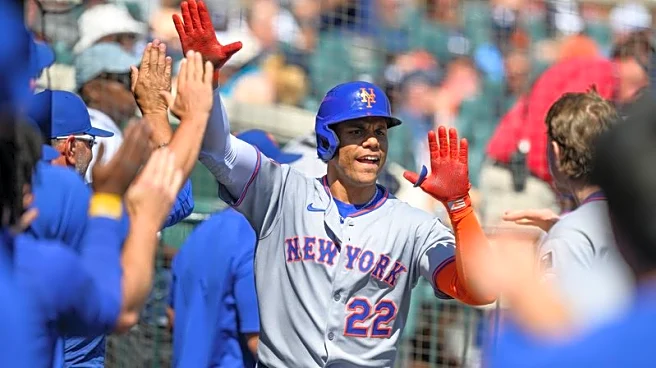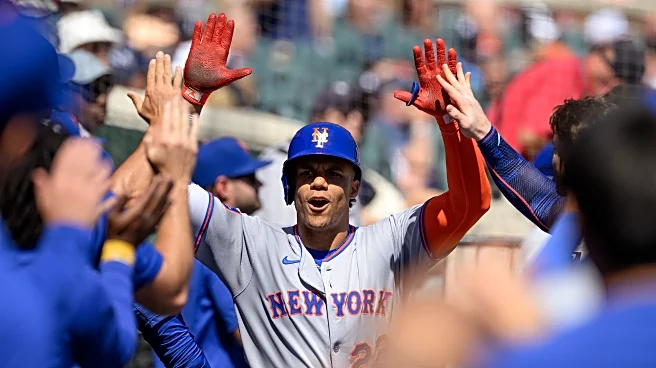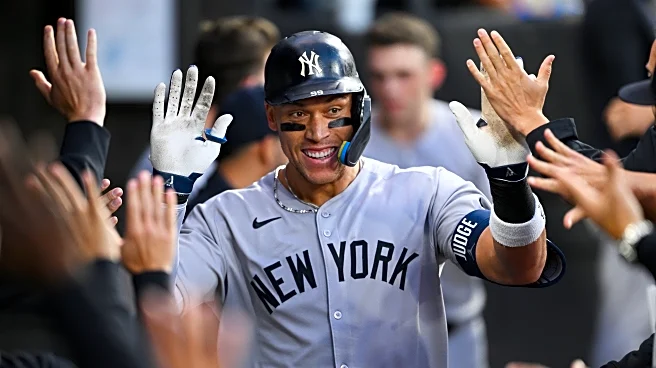
Less is more is not typically a saying that applies very much to fastballs. Less velocity does not produce a better fastball. It is very much a more is more sort of deal. But nobody told that to Kyle Schwarber. See, he’s been seeing fewer fastballs this year. Fastballs make up 49.4% of the offerings he’s seeing this year, the first time in his career where a majority of the pitches he’s seeing aren’t of the velocity variety. And that makes a good degree of sense: Schwarber typically commits his most
lethal deeds against fastballs. So pitchers throw him fewer of them, and he gets fewer opportunities to do damage against his favored offering, and less is thus not more.
Except it is. Because even as Schwarber is receiving fewer opportunities against fastballs than ever, he’s doing more damage against them. By a lot. Schwarber’s previous best year against the four-seam fastball was 2022, when he posted a run value of 12 against them (per Baseball Savant: “Every pitch is assigned a run value based on its outcome (ball, strike, home run, etc.). The sum of all of a player’s contributions across a season, or multiple seasons, measures his overall batting or pitching run value. A positive value represents runs created for hitters, and runs prevented for pitchers”). The past two seasons, he’s posted run values of 6 and 5 against them. This year he’s posting a run value of 27 against the four-seamer. That’s preposterous. By way of comparison, the next best performance against any sort of pitch is Willy Adames’ (and Juan Soto’s) run value of 18, also against the four-seamer. Nobody in baseball is doing anything to any type of pitch that even vaguely resembles what Schwarber is doing to four-seamers. There’s more than one angle of this at which to marvel, too: Mike Petriello of MLB.com notes that all of that damage on four-seamers is helping Schwarber beat Aaron Judge in hard hit rate, something that nobody has ever done across a full season of Judge’s career. All of those homers he’s hitting? You guessed it: 30 of those have come on fastballs, 21 of the four-seam variety.
All of the overall outputs suggest greater power: his average exit velocity (94.5 MPH), barrel rate (20.7%), hard hit rate (60.2%), slugging percentage (.577), and homers (49, but you probably knew that one by heart) are all at career highs. And of course, his outputs against fastballs, and four-seamers in particular, are correspondingly high as well. But what inputs are making that happen? What changed Schwarber from being merely excellent against the four-seamer to being the greek god of punishing heat?
It’s not the bat speed. His speed against four seamers is 77.2 MPH: actually down from last year (though only by 0.2 MPH). Greater selectivity? No, he’s swinging a little more often at four-seamers this year than last. Although he is a little less likely to miss them this year. Looking at what happens to the four-seamers he’s facing gives us some more information: he’s more likely to hit them as fly balls (42.1%, vs. 35.2% last year), and most of those additional flies are coming at the expense of grounders (23.4%, down from 31.2% last year). Fly balls are of course more likely to do damage than grounders. And it doesn’t hurt that he’s barreling four-seamers more than ever too: 28% of batted ball events, up from 20.8% last year. But while that’s a little more explanatory, it still leaves a question. Why is he more likely to put four seamers in the air, and why is he more likely to barrel them?
It doesn’t seem to be anything about the speed of the four-seamers themselves. They’re not coming in any slower. Looking at his batting stance shows a few small changes: he’s standing a half-inch shallower in the box, and about an inch and a half closer to the plate. His feet are slightly closer together, and his stance is about four degrees more open. His swing path is ever so slightly steeper, by one degree, and he’s meeting the ball further out in front of the plate by 1.8 inches. That all seems like pretty small potatoes, and maybe it is. But it’s possible that those changes combined are helping him punish the four-seamer more. One oddity stands out: despite meeting the ball out further in front of the plate, he’s hitting four-seamers to the opposite field at a greater clip than ever before: 27.1%, up from 18.4% last year. That’s not what you’d expect: generally hitting the ball further out in front of the plate means the swing started earlier, which means a greater likelihood of pulling the ball. Then again, that is complicated by his standing closer to the pitcher this year. This is getting to be a bit complicated, and I’m starting to wish I had a referral to a good swingologist.
But what if part of it is much simpler?
Here’s the heatmap of four-seamers thrown to Schwarber in 2024:

And here’s the heatmap of four-seamers thrown to Schwarber in 2025:

A greater proportion of the four seamers Schwarber is seeing this season are coming middle-middle. And I’m sure I don’t need to tell you that this is a very favorable thing for a batter. You will not be terribly surprised to hear that Schwarber is doing a lot of damage against middle-middle four seamers this year, where he has already accrued a run value of 6— which is to say, as much as he accrued against all four seamers in the entirety of the 2024 season. Not to sell Schwarber short, it should be noted that he’s also doing better against four seamers thrown in other zones; this isn’t just a result of pitchers giving him gimmes.
Fun fact: if you’ve ever said or read a word so much that it stops seemingly like a word, this is referred to as “semantic satiation”. That’s what I’m experiencing with the word “four-seamer” right now. I’m going to go clear my head by watching Kyle hit some dingers.
